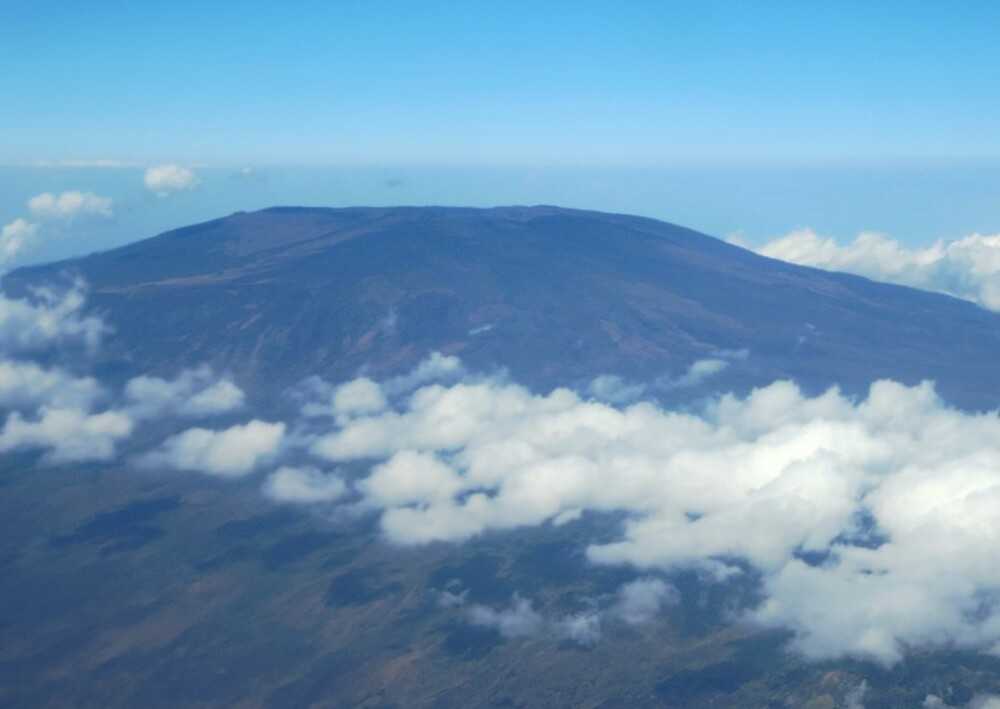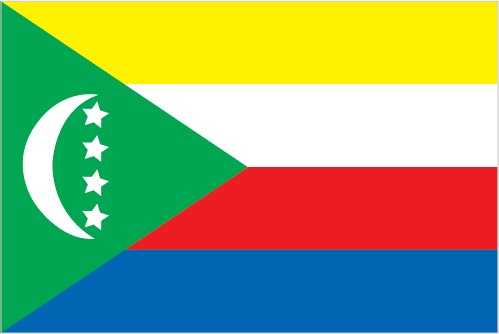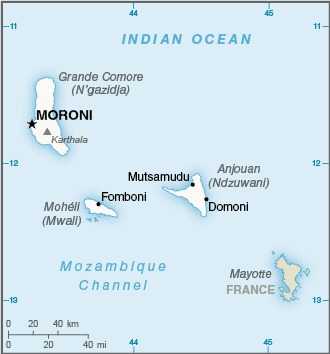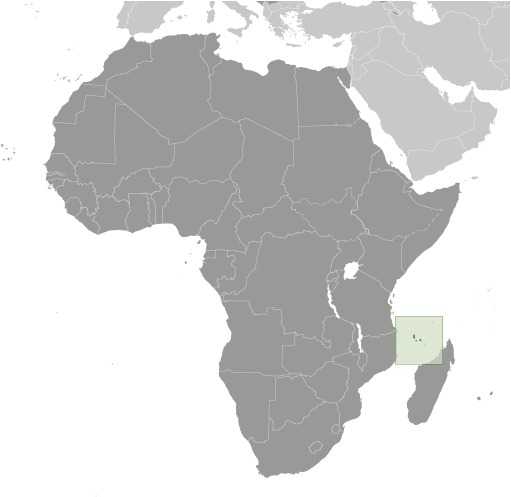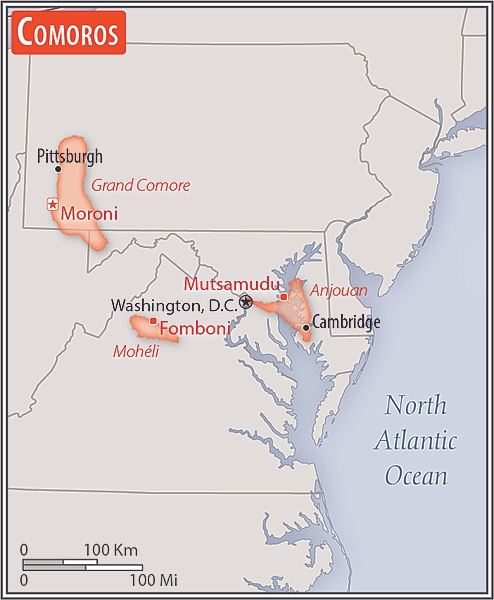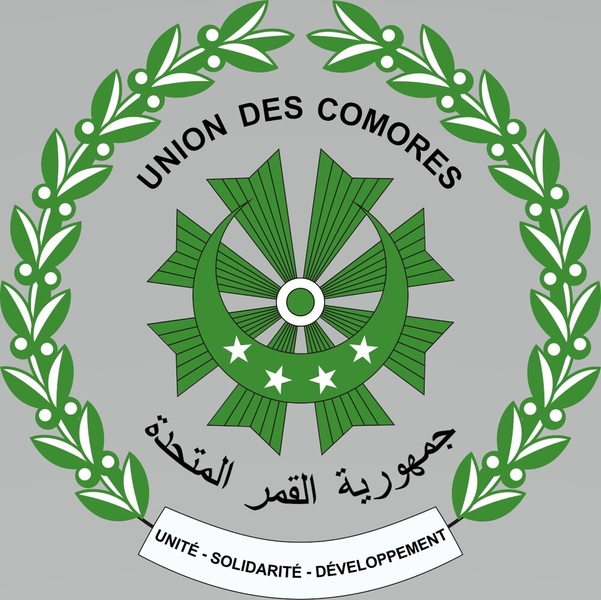Introduction
Visit the Definitions and Notes page to view a description of each topic.
Geography
People and Society
Population
comparison rankings: total 164; male 165; female 164
Median age
comparison ranking: total 183
Population growth rate
comparison ranking: 73
Birth rate
comparison ranking: 58
Death rate
comparison ranking: 140
Net migration rate
comparison ranking: 170
Maternal mortality ratio
comparison ranking: 43
Infant mortality rate
comparison ranking: total 14
Life expectancy at birth
comparison ranking: total population 193
Total fertility rate
comparison ranking: 65
Obesity - adult prevalence rate
comparison ranking: 157
Alcohol consumption per capita
comparison ranking: total 173
Tobacco use
comparison ranking: total 103
Children under the age of 5 years underweight
comparison ranking: 55
Education expenditure
comparison ranking: Education expenditure (% GDP) 177
Environment
Carbon dioxide emissions
comparison ranking: total emissions 191
Government
Economy
Real GDP (purchasing power parity)
comparison ranking: 192
Real GDP growth rate
comparison ranking: 105
Real GDP per capita
comparison ranking: 188
Inflation rate (consumer prices)
comparison ranking: 19
GDP - composition, by sector of origin
comparison rankings: agriculture 3; industry 191; services 145
Industrial production growth rate
comparison ranking: 64
Labor force
comparison ranking: 168
Unemployment rate
comparison ranking: 62
Youth unemployment rate (ages 15-24)
comparison ranking: total 131
Current account balance
comparison ranking: 89
Reserves of foreign exchange and gold
comparison ranking: 169
Debt - external
comparison ranking: 119
Energy
Electricity
comparison rankings: installed generating capacity 201; consumption 198; transmission/distribution losses 26
Energy consumption per capita
comparison ranking: 162
Communications
Telephones - fixed lines
comparison ranking: total subscriptions 189
Telephones - mobile cellular
comparison ranking: total subscriptions 166
Broadband - fixed subscriptions
comparison ranking: total 199
Transportation
Merchant marine
comparison ranking: total 58
